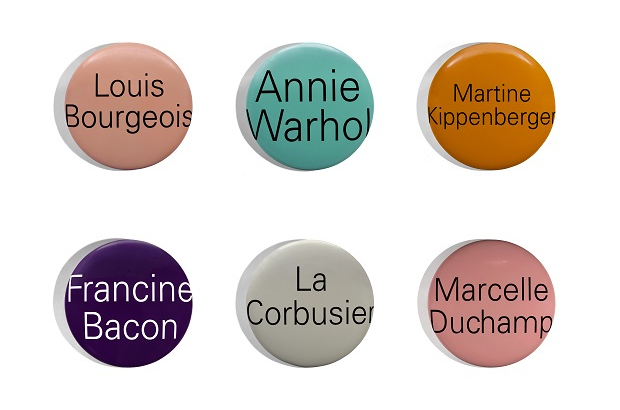- Daily & Weekly newsletters
- Buy & download The Bulletin
- Comment on our articles
The art of comedy! Discover the Hahaha exhibition at the ING Art Center
One of Brussels’ flagship exhibitions this autumn is Hahaha. The Humor of art, a collaboration between ING Belgium, Kanal-Centre Pompidou and the Centre Pompidou in Paris.
Re-opening after 18 months of closure, the ING Art Center presents more than 200 works, selected by Nicolas Liucci-Goutnikov, curator of the Centre Pompidou and Anne Petre, head art curator at ING Belgium. The eclectic and wide-ranging collection – separated into eight themes - reveals the overlooked role of humour in major art movements from the 19th century to the present day.
As a country reputed for its self-derision, Belgium serves as a fitting host for this timely exploration of how and why artists have used comedy, from wordplay and toilet humour to sarcasm, subversion and anti-art statements.
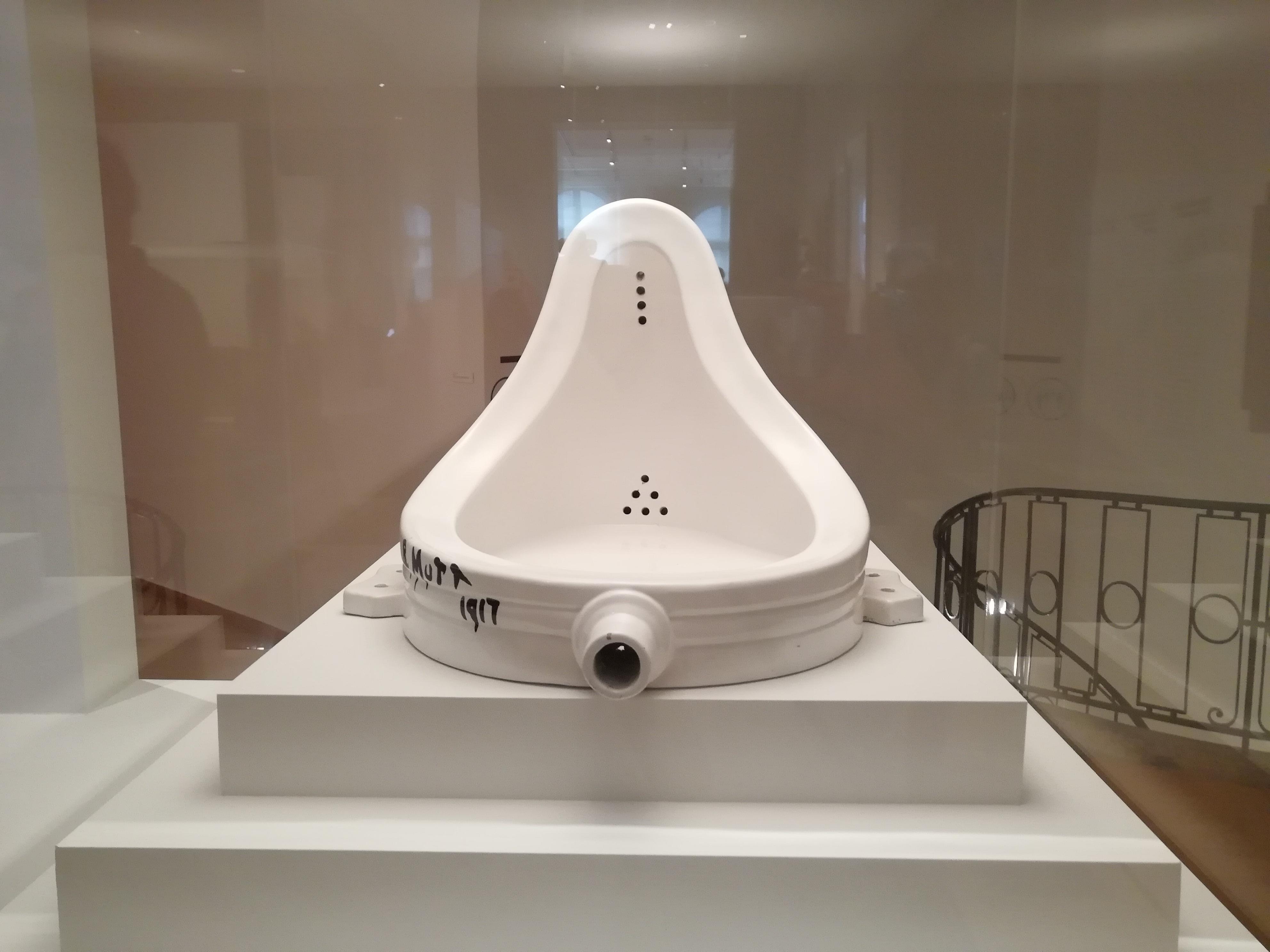
The exhibition’s emblematic image of Marcel Duchamp’s porcelain urinal Fountain (pictured above), was one such provocative prank. The French avant-garde artist purchased the object in a store and presented it on its back, signed R. Mutt, to an art salon of independent artists in New York in 1917. His intention was to test its jury’s declaration (he was himself a jury member) that it accepted any work. The work was refused and later destroyed – the object in the exhibition is a 1964 replica.
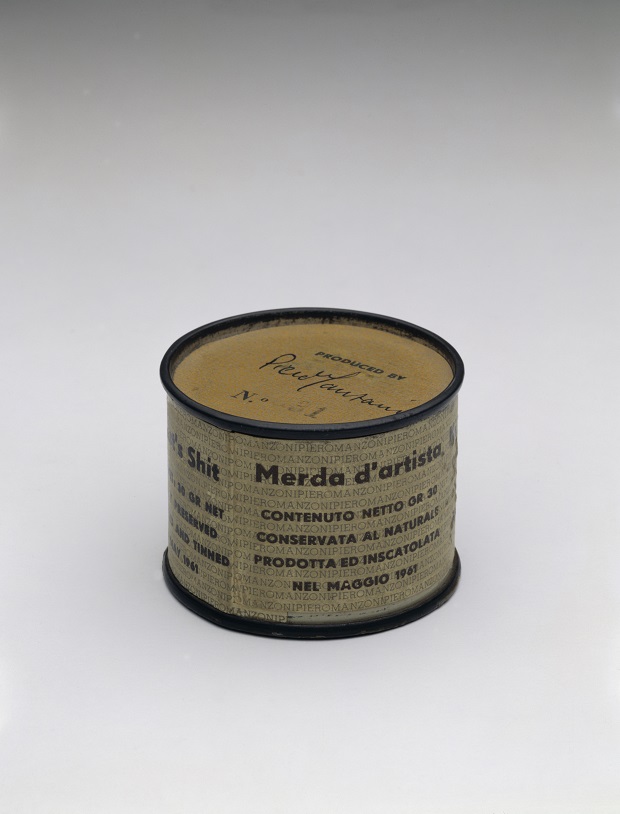
Scatological humour didn’t end there. Piero Manzoni’s 1961 Artist’s Shit (pictured above) was a riposte to his father’s alleged slur ‘your work is shit’ . But the last laugh was on the son of the canning factory owner as he produced 90 editions of the tins, each containing 30 grams of his own excrement, then sold by weight at the going price for gold.
While Duchamp’s urinal became an icon of 20th-century art, the use of comedy can be traced to the latter half of the 19th century when shows of works of parody were staged in Paris and Brussels, such as the Great Zwanz Exhibition. Caricature was popular during the Belle Epoque, just as Edouard Manet’s earlier work Olympia had provoked widespread uproar and mimicking.
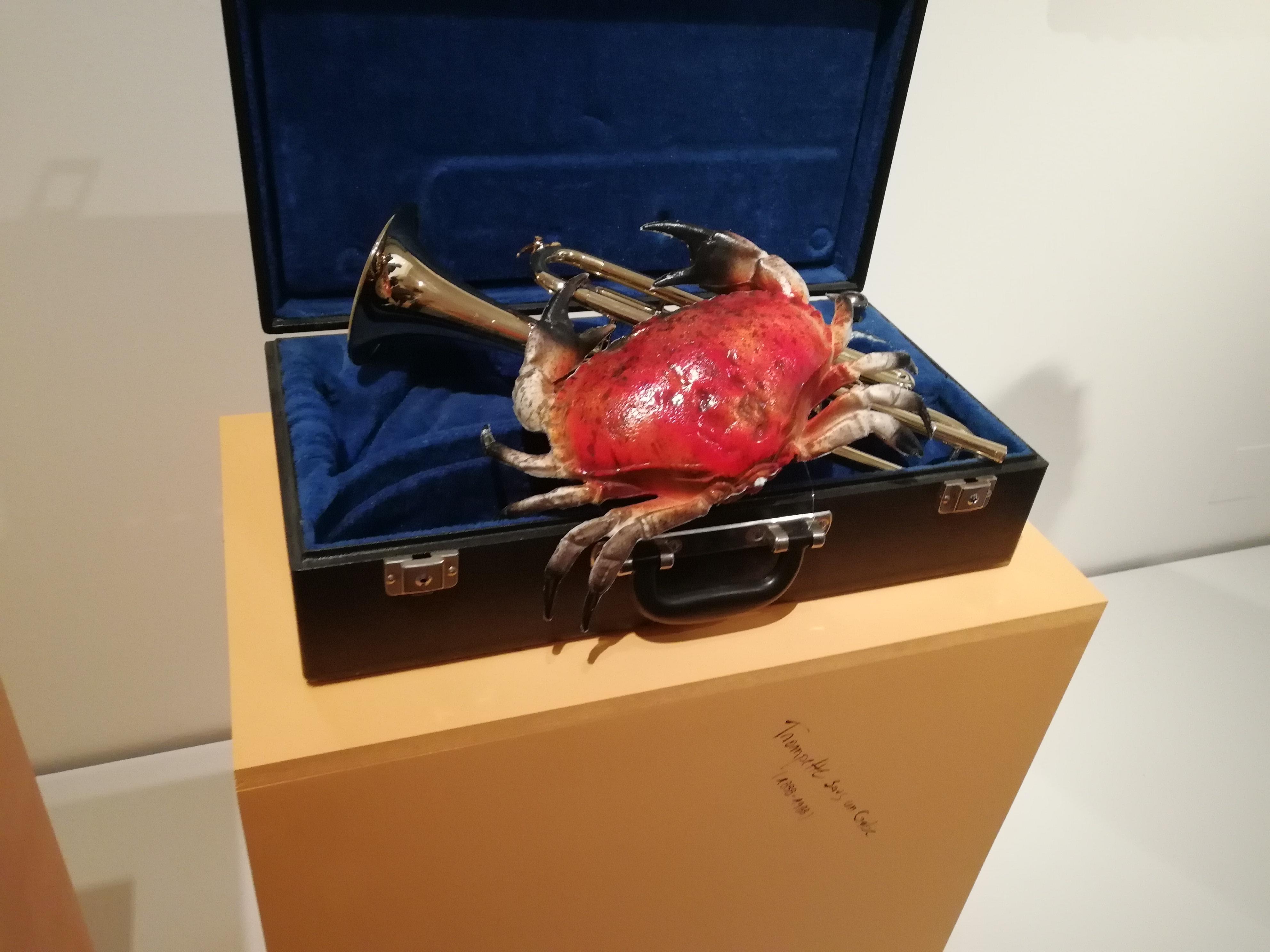
Satirical drawings took on another dimension when they were reconstituted into 3D objects, such as Une trompette sous un crabe (pictured above) from J Tonim’s illustration of Victor Hugo’s Les Misérables. Or an absurd example of word play in La Vénus de Mille-Eaux from an original drawing by G Van Drin.
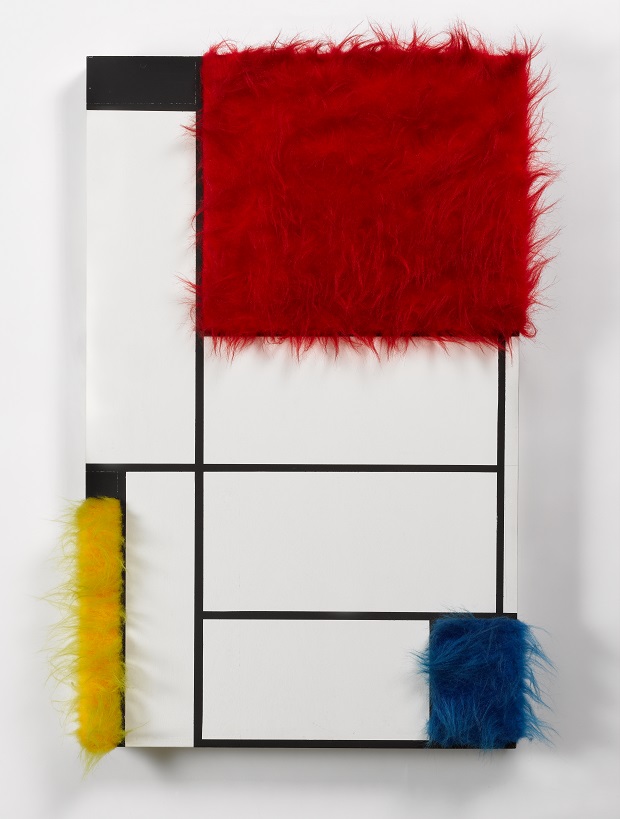
With the rise of the sensational press at the beginning of the 20th century, cartoons frequently targeted the posturing of contemporary artists. In return, subversive art appeared to attack the values of the established art world and societies. Belgian surrealist Marcel Mariën’s mockery of Piet Mondrian takes the form of appropriating the artist’s red, blue and yellow colour palette in his sculpture La Vénus d’Amersfoort. While evoking the Venus de Milo, its title refers to the Dutch artist’s birthplace. Swiss artist Sylvie Fleury’s travesty of the same artist’s characteristic compositions in Tableau no1 (pictured above), introduces tactile synthetic fur in a pointed reminder of women artists’ exclusion in modern art.
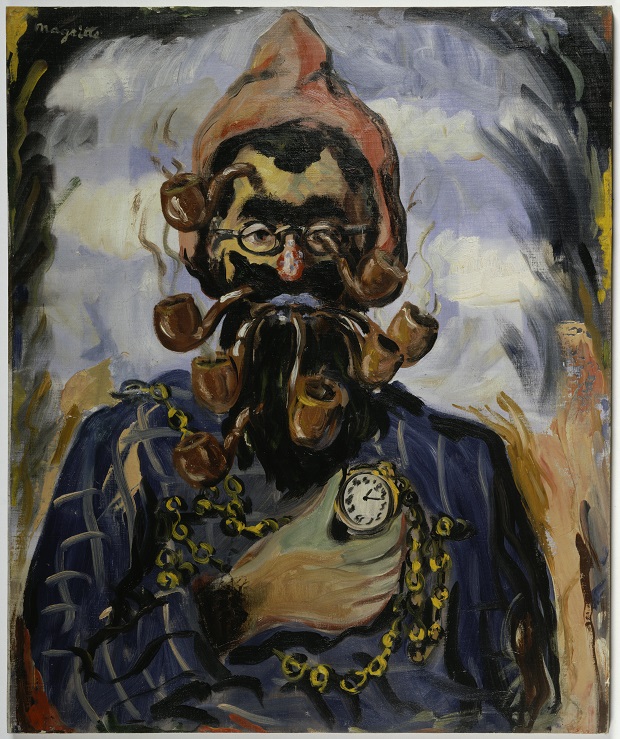
Belgium’s René Magritte vents the Belgian surrealist movement’s discord with its Parisian counterpart in Le Stropiat (pictured above), one of a short series of paintings in 1948, known as ‘la période vache’. It’s deliberately grotesque with Magritte’s favourite motif, the pipe, multiplied gaudily in a surprising outburst from the witty artist.
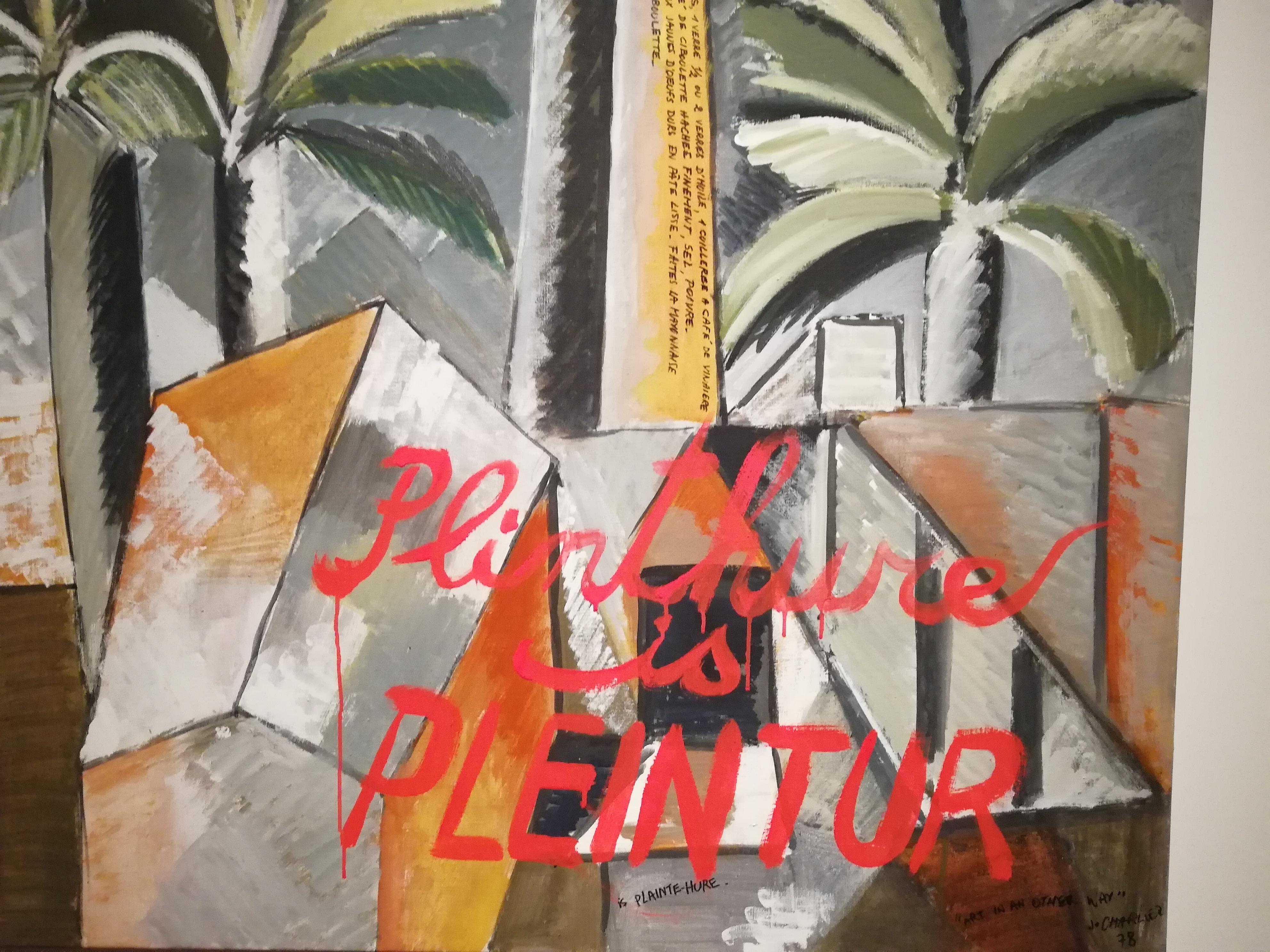
Liège artist Jacques Charlier, famed for his acerbic wit, also features more than once in the show. His 1978 canvas Plinthure (pictured above) is one of a series of Cubist pastiches and plays on words in which he takes on the avant-garde movement and the values they proclaim.
The absence of women in the art world is again highlighted in French-Swiss contemporary artist Agnès Thurnauer’s Portrait Grandeur Nature (pictured, main image). Her interest in pictorial language results in six oversized buttons that distort the names of famous artists to question the lack of representation of women. American Louise Lawler sounds out the names of 28 well-known male artists in the style of birdcalls, reducing them to a ridiculous cacophony. Originally created in 1972 as a joke among friends, the sound recording was presented at Documenta 7 contemporary art fair, some 10 years later.
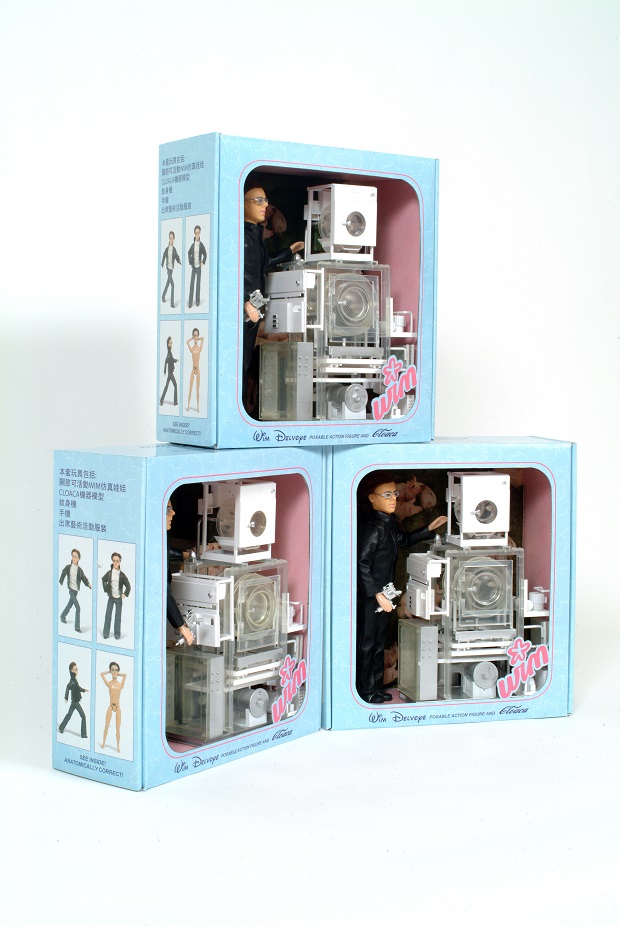
The final thematic, Master Jesters, sees the likes of Salvador Dali, Andy Warhol, Man Ray, Jeff Koons and Belgian Wim Delvoye (work pictured above) parade their playful wit and exuberant personalities.
Hahaha. The Humor of Art
Until 16 January
ING Art Center
Photos: (main image) Agnès Thurnauer Portraits Grandeur Nature 2009 (c) Centre Pompidou, MNAM-CCI/Dist. RMN-GP © Adagp, Paris; Fountain by Marcel Duchamp 1917 (c) Centre Pompidou, MNAM-CCI/Christian Bahier et Philippe Migeat/Dist. RMN-GP © Association Marcel Duchamp / Adagp, Paris; Piero Manzoni Merda d'artista 1961; Une trompette sous un crabe (c) Sarah Crew; Sylvie Fleury Tableau no1 (c) Centre Pompidou, MNAM-CCI/Jean-Claude Planchet/Dist. RMN-GP © Sylvie Fleury; Magritte Le Stropiat 1948 (c) Centre Pompidou, MNAM-CCI/Jean-Claude Planchet/Dist. RMN-GP/Copyright Artwork © Adagp, Paris; Jacques Charlier Plinthure 1977 (c) Sarah Crew; Wim Delvoye Action Doll 2007 on loan from artist












